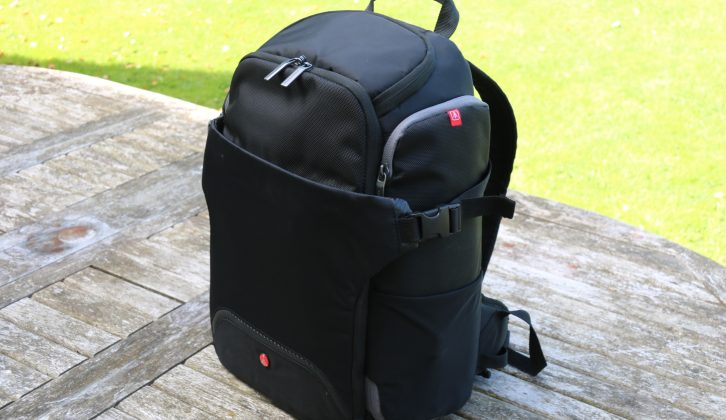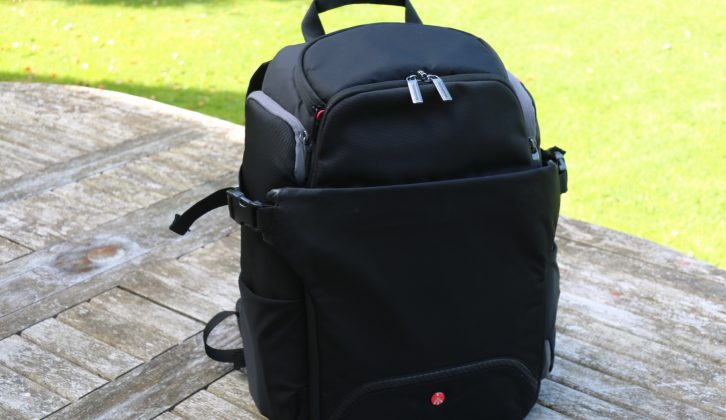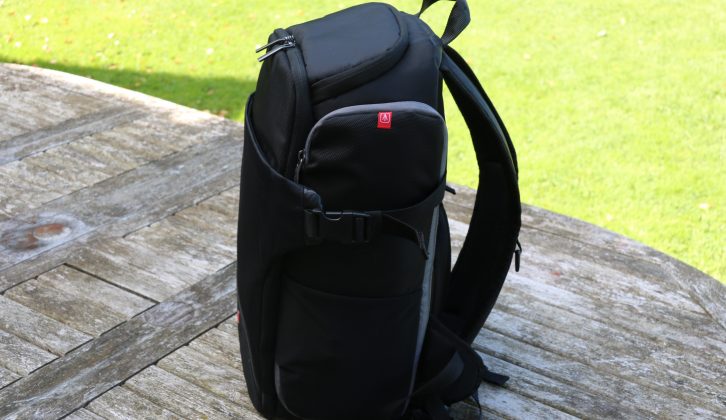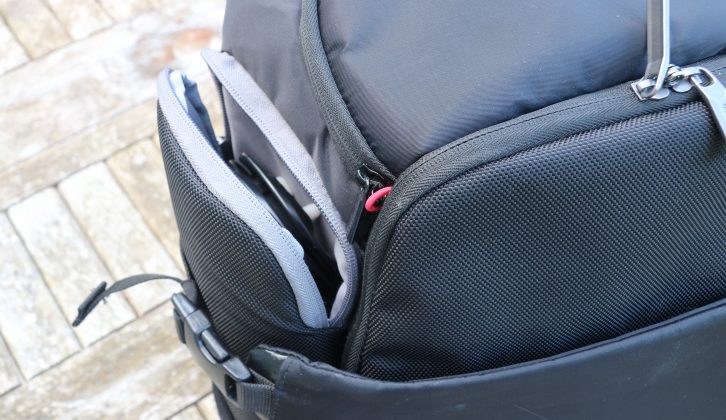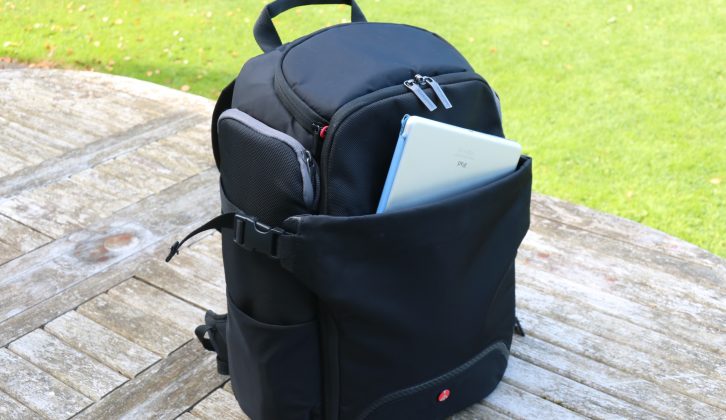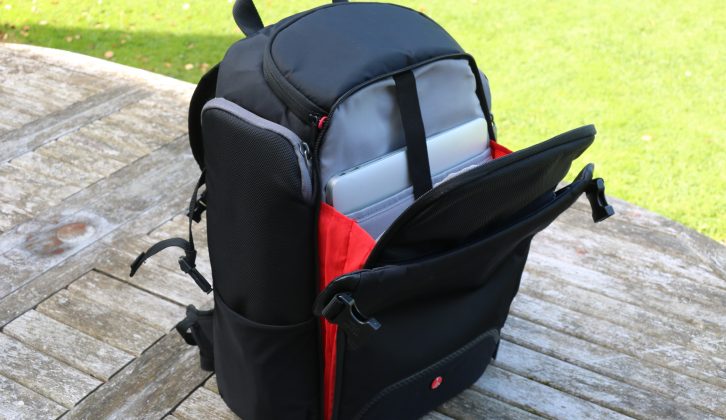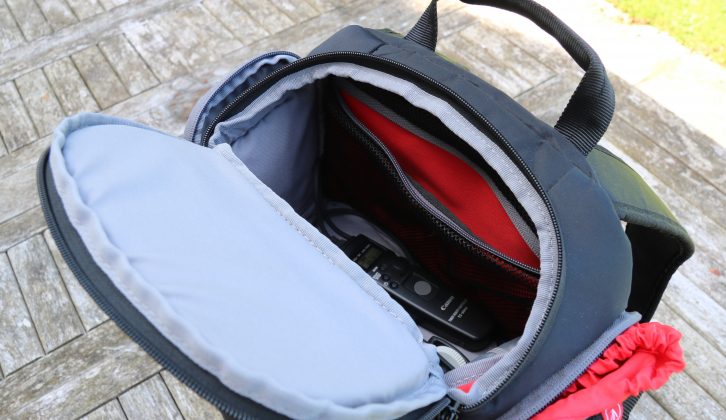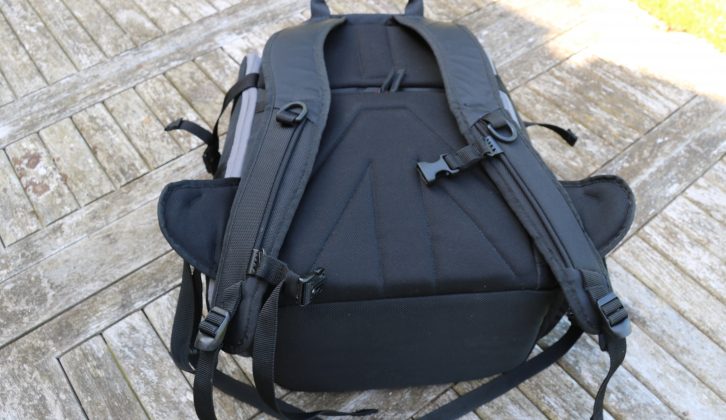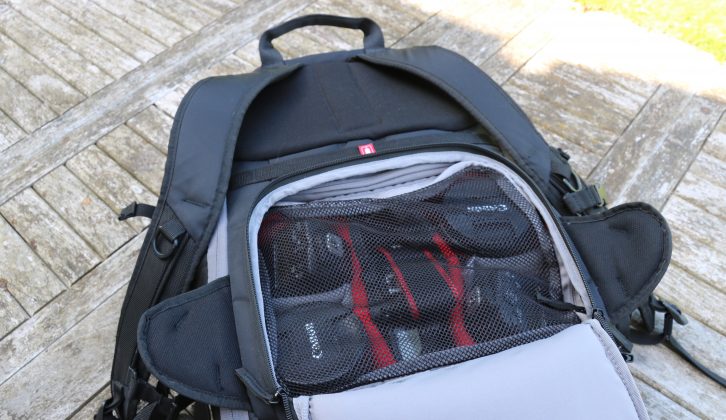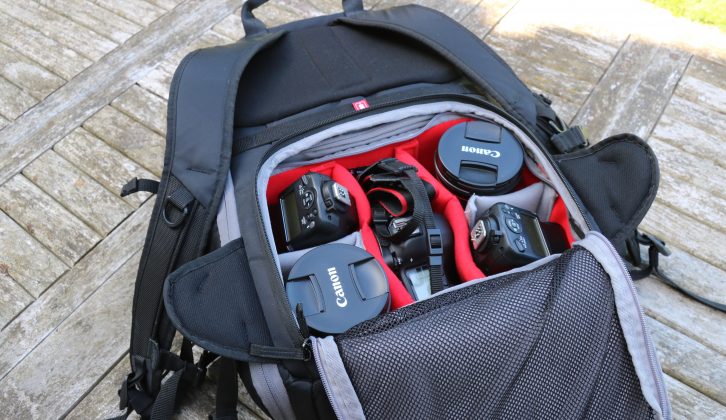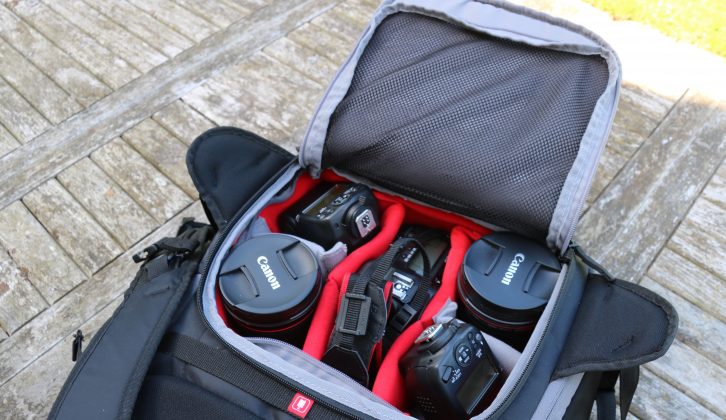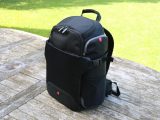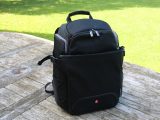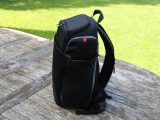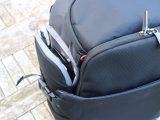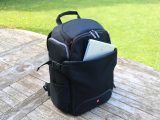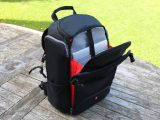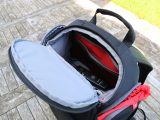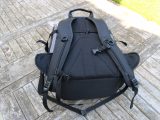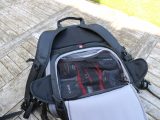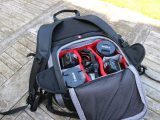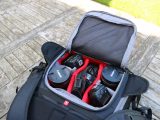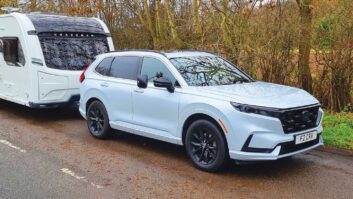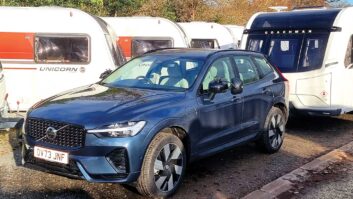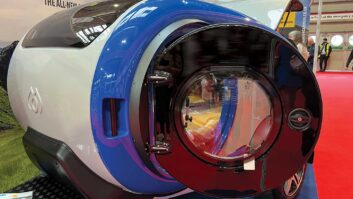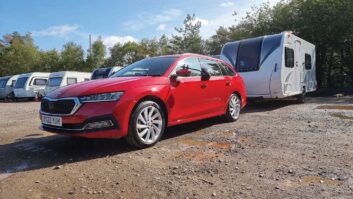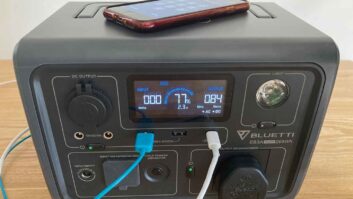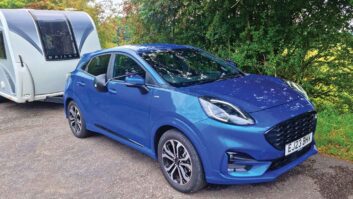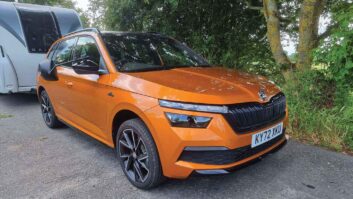Verdict
The Manfrotto Advanced Camera and Laptop Backpack is a versatile piece of kit.
Assembled from quality materials and sporting Manfrotto’s classic black design with red accents, it’s well made and looks stylish, too.
To paraphrase the old adage, there’s a place for everything in this backpack, so once you have put everything in its place, you’ll be able to access your camera kit quickly without having to miss a shot.
I’ve been genuinely surprised at how much you can fit in this backpack – it has been my go-to travel bag for most of this year. Even when fully loaded it’s comfortable on the shoulders and on the back.
Importantly, it’s stable when placed upright so cameras and accessories have decent front and rear protection.
The only thing to bear in mind is that with the bag laid flat on its front to access the rear compartment, all the weight will press down on any laptop and tablet placed in the front pocket.
This is definitely much more than simply a camera bag.
Pros
It can swallow a lot of kit
Dedicated storage areas make things very easy to access
Use it as a camera bag, or as a day bag – it’s a versatile product
It is well made from quality materials with sturdy zips
Cons
The price may dissuade some buyers
When placed on its front, laptops and tablets can take all the weight
Comparing a camera bag to a Swiss Army Knife may be a tad unoriginal, but with the Manfrotto Advanced Camera and Laptop Backpack it’s a fair shout.
In a day and age when we need one item to perform a variety of jobs, this bag fulfils that brief with aplomb.
Pitched and priced at the ‘prosumer’ segment (a product of interest to professionals and keen amateurs alike), this Manfrotto bag has a place for seemingly everything that matters to a camera enthusiast.
A camera bag for more than just your camera!
In this age of mass consumption of digital single lens reflex cameras (DSLRs), mirrorless cameras and compact system cameras (CSCs), one doesn’t need to be a professional photographer to pack a camera body, one or two lenses, a flashgun, a filter or two, spare memory cards, a spare battery, a battery charging pack and the mains cable to power it.
Yes, you can squeeze all that into a shoulder bag or camera holster, but if you’re the kind of person who likes to take a tablet or laptop computer with you to view images in a more natural format than that afforded on the back of the camera, then you’re going to have some issues fitting one or both of these into a smaller bag.
So a small backpack along the lines of this Manfrotto product starts to make more sense.
A place for everything
With discrete spaces for cameras, computers and a large top compartment for accessories, it’s perfectly viable for use as a day bag for daytime exploration should you find yourself under your own steam – whether that’s via Shanks’s pony or on two wheels.
The backpack is divided into separate storage areas. There’s a sleeve for a small laptop – the likes of a 13in Apple MacBook Air fits perfectly – and a pocket for papers in the zipped section on the front of the pack.
A tablet will fit neatly into a smaller zipped compartment – detach the plastic buckles to increase the space available for loading these items.
Cameras store underneath the bag, in a removable compartment that’s protected by a zipped mesh.
Velcro-fastened dividers split this space into five areas, enough for one camera body and four lenses standing on their ends – remove the dividers to lie longer lenses flat.
The cushioning here is of a high standard, as is the access flap, so there’s no need to fear for the welfare of your kit in this camera bag.
Dedicated storage compartments
Ancillary items – batteries, power supplies, cables and cloths – can be stored in the backpack’s side compartments, which zip at the top.
There are pockets within both compartments, for making items easier to retrieve.
The compartment on the left of the bag, when facing forward, has a liner with a drawstring fastener for accommodating longer items like tripods.
Other photographic essentials store neatly in the zipped compartment on the top of the bag.
On the leading edge are dedicated pockets for filters, a card reader and cable, while the rear edge has a cushioned pocket with a zipped mesh front that’s ideal for storing documents like a passport.
A rain cover stores in this compartment – unpack it to pop over the whole pack to keep the contents dry (without it, prolonged exposure to heavy rain could result in some water ingress).
All the luggage you need?
The rest of this compartment is designed for storing other photographic items, for example a mini-tripod, a remote shutter release, a flash controller or a lens hood, but in reality you can fit a wide variety of non-camera items in here.
Need some food while you’re on the road? No problem – pop it in here, keep the pack upright and your snacks or meals will be kept in good order.
Flying somewhere and have limited hand luggage? With some judicious packing, I managed to squeeze in enough clothes for a 48-hour trip, although I was travelling light during the summer months.
Other design smarts include eyelets in the zips that close the front pocket, so you can deploy a travel padlock to secure it for maximum reassurance while on the move.
You’ll be able to access your camera kit quickly without having to miss a shot
Technical Specifications
| Exterior dimensions (L/W/H) | 32cm x 19cm x 45cm |
| Interior dimensions (L/W/H) | 30cm x 16cm x 43cm |
| Weight | 1400g |
| Colour | Black |
| Material | Nylon |
